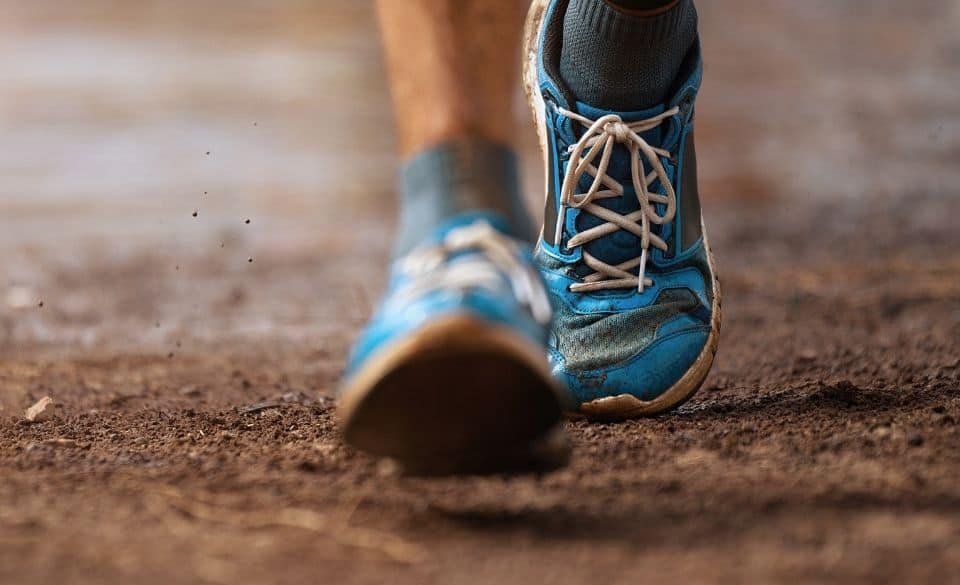
Do Running Surfaces Matter in Marathon Training?
Marathon training is such a demanding physical sport that can put a lot of pressure on your body systems. Training surfaces is one of the main factors that can determine your success in marathon running. Not all running surfaces are the same and therefore they all have different impacts on your body when you run on them. Ideally, dirt roads, trails, and grass surfaces are the best places to do your training. These surfaces not only reduce the amount of pressure and impact caused by running training on your body, but they also help in injury prevention and management in training. It is also important to ensure that these surfaces are free from obstacles such as large rock or stones and roots as well as holes. This will not only make your training or running smoother and more efficient, but also reduce the chances of sustaining running related injuries.
Places and Surfaces to Avoid in Your Marathon Training
Hill Running in Marathon Training:
There is a place for hill running in marathon training, but too much of it can increase your chances of sustaining running injuries such as Achilles tendonitis and shin splints. It is important to do hill running with moderation and stay away from it completely if you are nursing an injury. Remember when you do hill work in your training you are straining your Achilles tendon. Most of the good marathon training plans recommend one hill running session per week in the middle of your training season. In other words, you should not do hill work until you have enough base to overcome the stress caused by hill training. If you are new to running training, don’t rush into hill running, you may end up with Achilles tendonitis, shin splints or even knee pain.
Marathon Training on Sand:
Sand is a great place to run only if you are running for some few miles or for recreation. However, for marathon training, you should minimize the mileage run on the sand. Also whenever you decide to do some of your training sessions on the sand, be sure to stick to the compact sand. When you run on loose sand, you will strain your calf muscles and if you do it long enough, you may end up with Achilles tendonitis or shin splints as well. If you are a beginner training for the marathon distance or running in general, stay away from loose sand.
Running on Hard or Paved surface:
This goes without saying; hard surfaces put more stress on your legs. If you have other options for your marathon training and running, avoid pavements as much as possible. Even if you live in a city, try to find recreational parks and trails and do most of your marathon training there, it will save you the trouble of having to stop training due to an injury. Training on hard surfaces for high volume mileage such as in marathon training has been known to cause stress fracture, Achilles tendonitis, knee pain, and shin splints among other running injuries.
Running on Banked or Inclined Surfaces:
I think this is self-explanatory, when you run on an inclined surface for a long time such as in marathon training; you are forcing your feet to land at an angle. Instead of landing upright, your feet will be twisted. This not only interferes with your overall bone alignment, but also affects your performance in training. Like the other surfaces I have mentioned above, banked or inclined surface will increase your chances of running related injuries.


Download Running the Mile for only 8usd
“A Know-all Short Report All About Long Distance Running”



